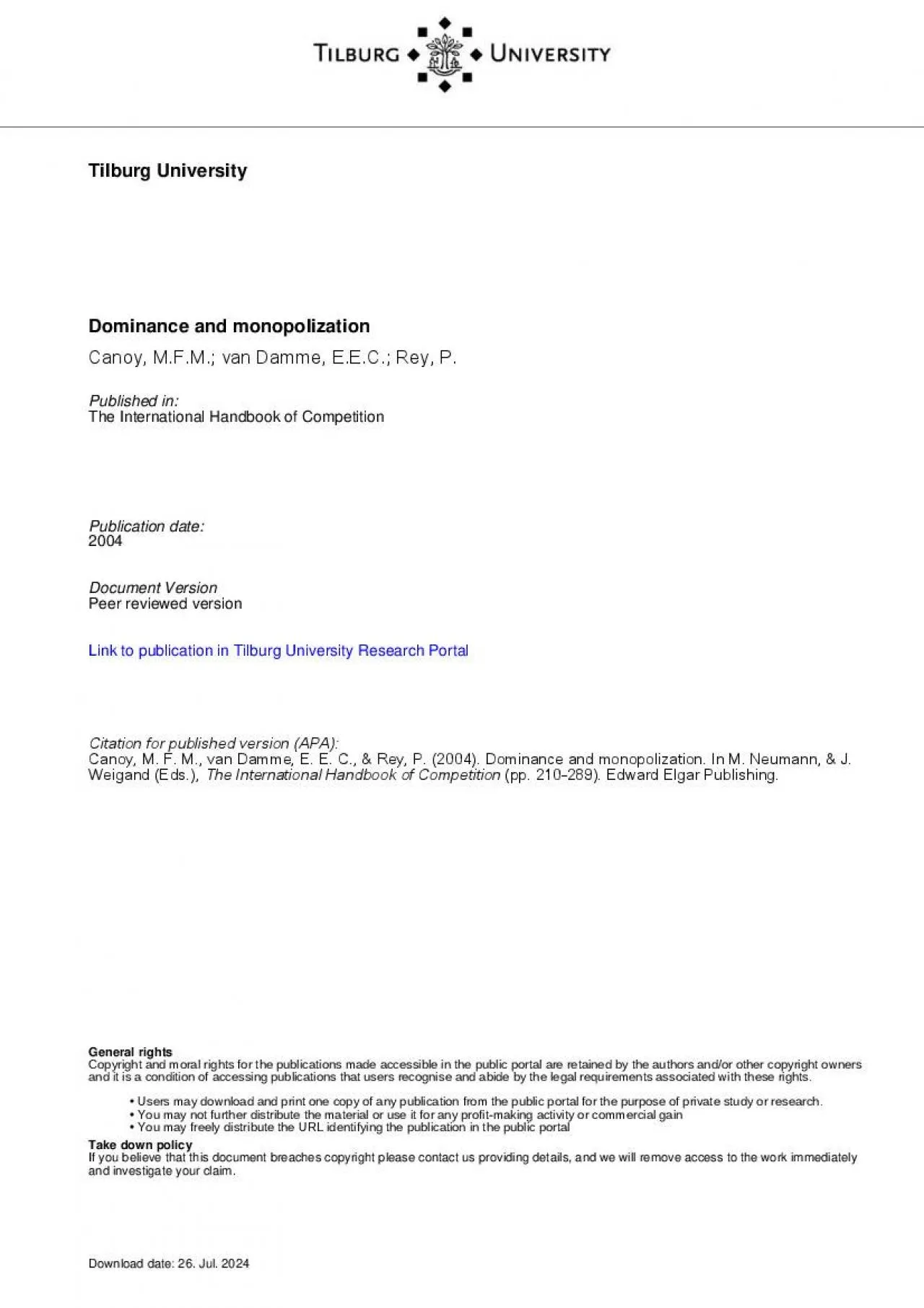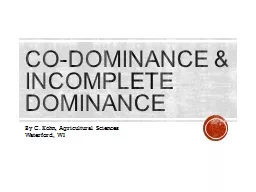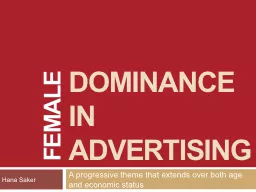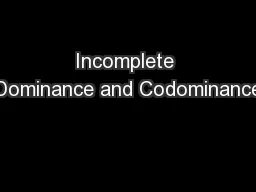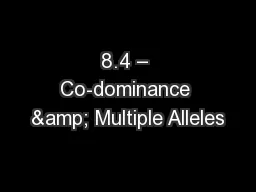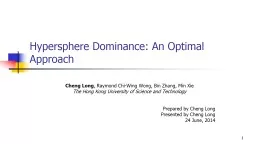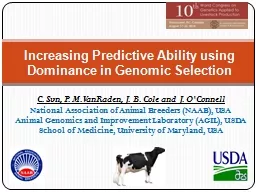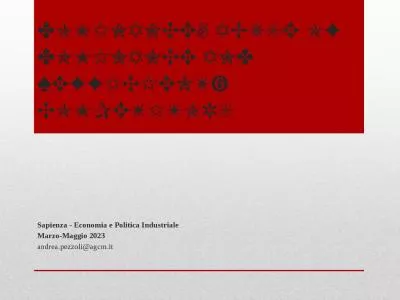PDF-Dominance and Monopolization
Author : lucy | Published Date : 2021-10-10
Marcel Canoy Patrick Rey Eric van Damme1 Introduction Mixed feelings A firm is in a dominant position if it has the ability to behave independently from its comAmbiguous
Presentation Embed Code
Download Presentation
Download Presentation The PPT/PDF document "Dominance and Monopolization" is the property of its rightful owner. Permission is granted to download and print the materials on this website for personal, non-commercial use only, and to display it on your personal computer provided you do not modify the materials and that you retain all copyright notices contained in the materials. By downloading content from our website, you accept the terms of this agreement.
Dominance and Monopolization: Transcript
Download Rules Of Document
"Dominance and Monopolization"The content belongs to its owner. You may download and print it for personal use, without modification, and keep all copyright notices. By downloading, you agree to these terms.
Related Documents

